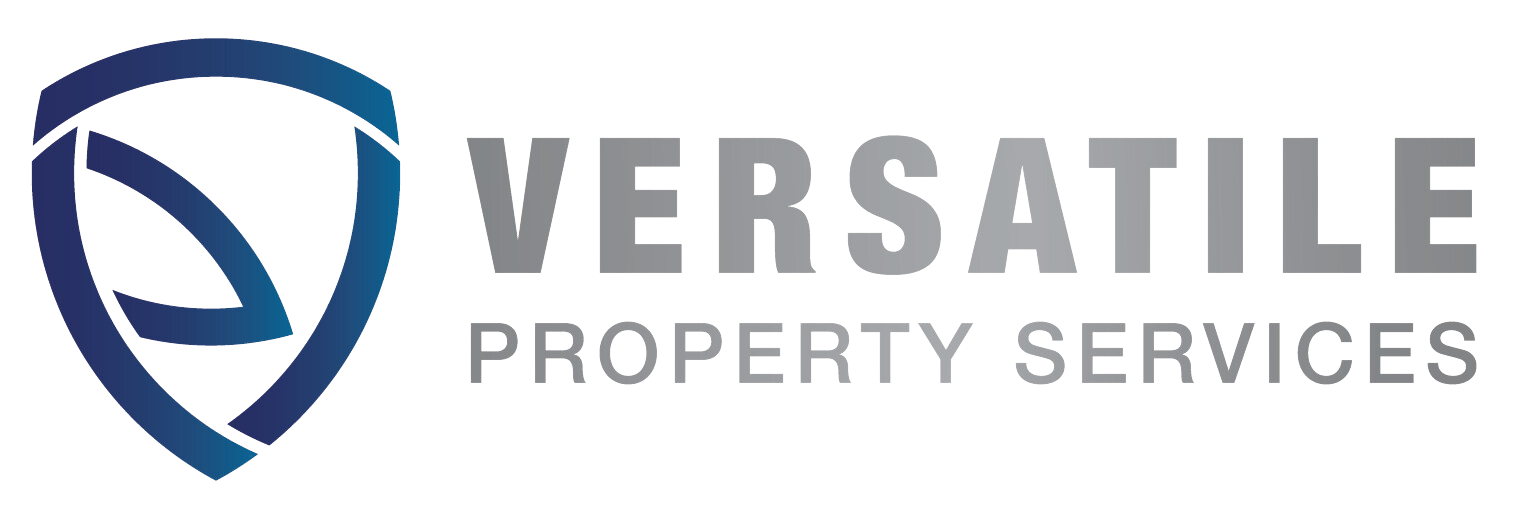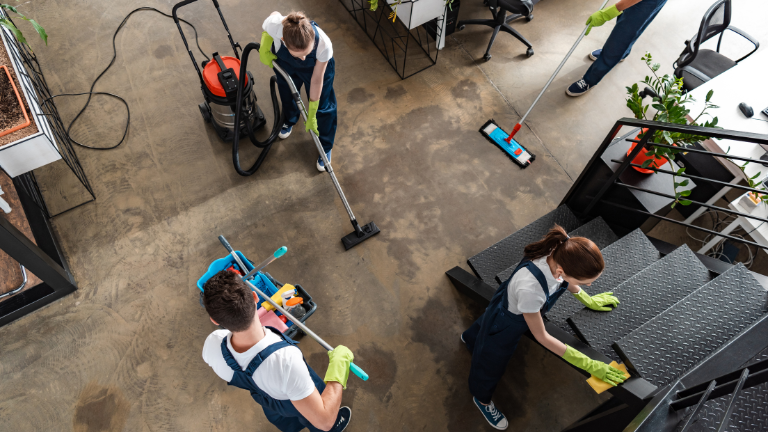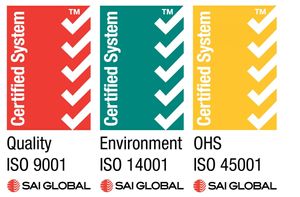Supporting ESG and Green Certifications
Green cleaning also fits neatly into broader environmental, social, and governance (ESG) goals. Many buildings now aim for green certifications like WELL or LEED, and part of achieving those standards involves using environmentally responsible cleaning methods. Commercial property cleaning providers that offer eco-certified services help clients meet those goals while also ensuring the workplace stays healthy and clean.
Additionally, sustainable cleaning practices can help reduce costs in the long run. Concentrated cleaning solutions, refillable containers, and energy-efficient tools all contribute to reduced waste and lower overhead.
Where to Start
If your business is considering making the shift to green cleaning, here are a few practical steps to get started:
- Review your current cleaning products and methods. Identify which products contain harsh chemicals and where greener alternatives could be introduced.
- Partner with a cleaning service that specializes in eco-friendly solutions. Look for providers with experience in green cleaning and certifications from credible organizations.
- Set clear expectations and protocols. Define high-priority areas, preferred products, and cleaning frequencies that align with wellness goals.
- Communicate the benefits to your team. Let employees know why the switch is happening, how it impacts them, and what to expect.
- Track progress and gather feedback. Use air quality monitors, employee surveys, and site audits to measure the effectiveness of the new approach.
It’s easy to overlook cleaning as just another behind-the-scenes function—but it plays a much bigger role in workplace health and culture than many people realize. Eco-friendly cleaning isn’t just a green initiative. It’s a smart, proactive investment in your employees’ health and your company’s future.
For businesses aiming to create safer, healthier environments, working with versatile cleaning services that understand green cleaning is a step in the right direction. It’s about more than spotless surfaces. It’s about creating a workplace where people can thrive—day in and day out.


